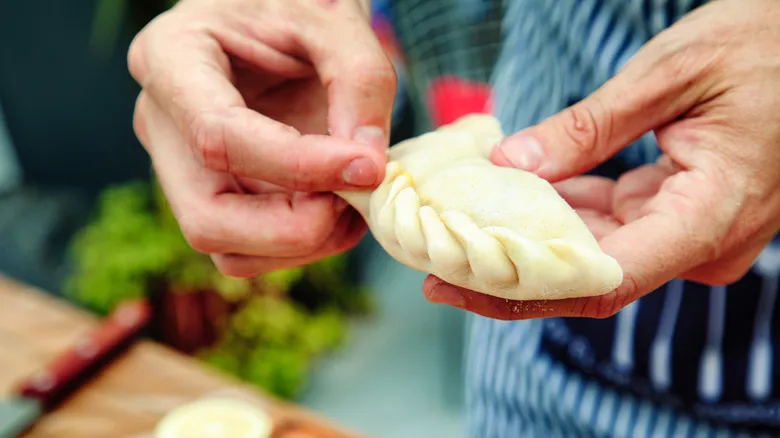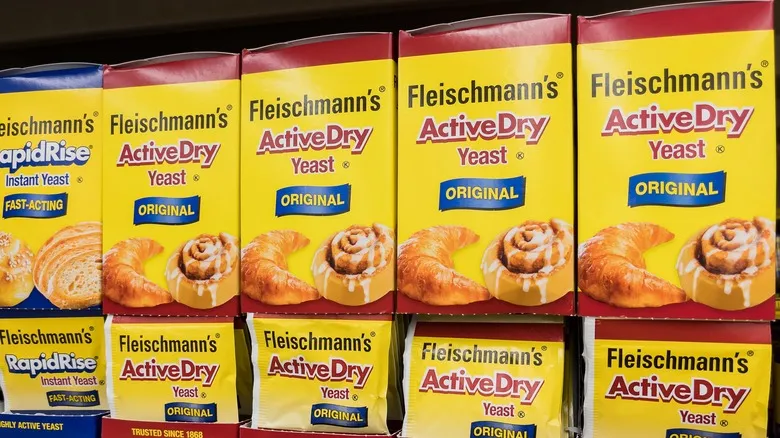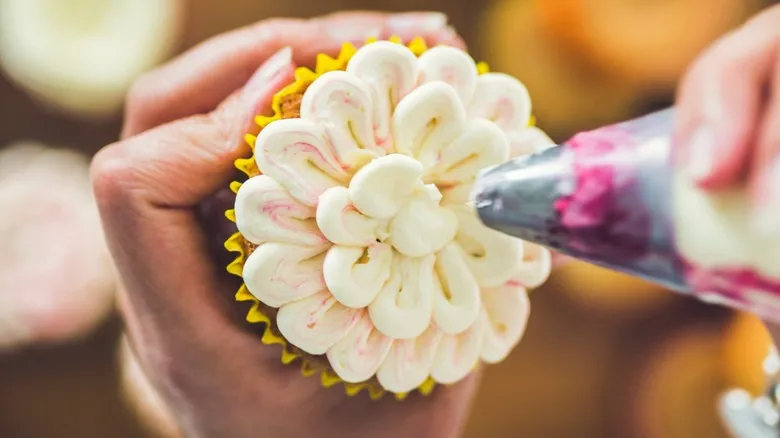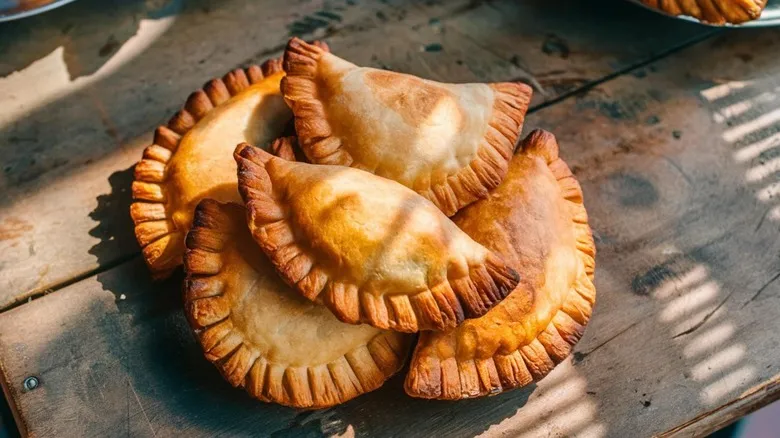Work with cold ingredients

A common mistake in empanada preparation will resonate with those familiar with typical pie crust errors to avoid. Similar to pie crust, it's essential to use cold ingredients, particularly when mixing butter, lard, or shortening with flour, salt, and eggs in most recipes. The importance of maintaining cool temperatures continues even after mixing. Chill the dough for at least one hour, or up to two days, to ensure it holds its shape and seals properly when filled. Additionally, incorporating vinegar into the dough can enhance its pliability, making it easier to handle.
Even when using cold ingredients, it's crucial to monitor the room temperature. While there are no strict guidelines, aim to keep your kitchen between 70 and 75 degrees Fahrenheit with around 50 percent humidity (many modern thermostats can provide this information). This temperature may still be too warm for the dough, so you might need to return it or the ingredients to the fridge periodically. However, this approach strikes a balance between your comfort and safety, as well as the ideal conditions for achieving great empanadas.
Recommended

What Does It Mean To Proof Yeast?

Why Carla Hall Believes Cake Batter Should Be Lumpy

Level Up Your Cinnamon Rolls With One Popular Cereal

The Pantry Staple That Helps Stabilize Homemade Frosting
Next up





